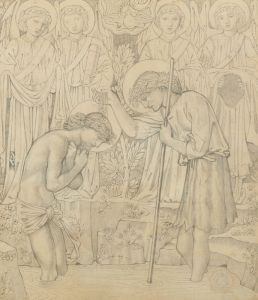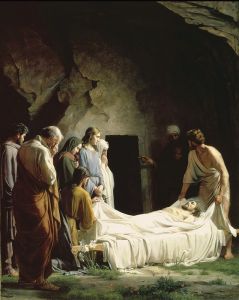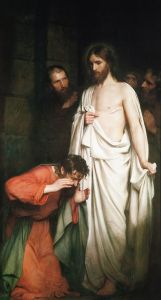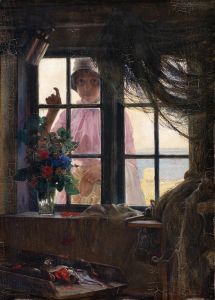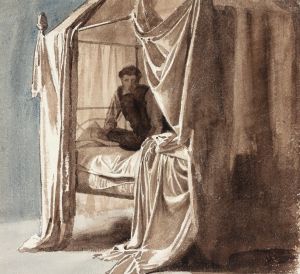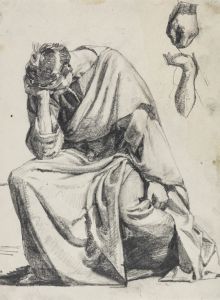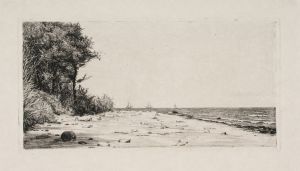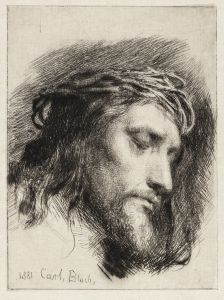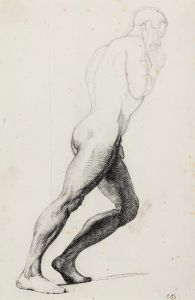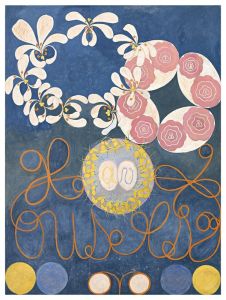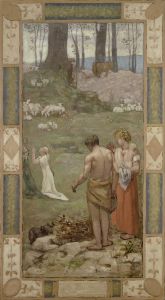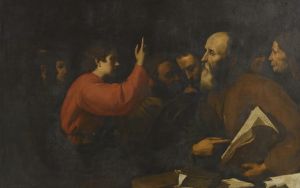
Leende munk
A hand-painted replica of Carl Bloch’s masterpiece Leende munk, meticulously crafted by professional artists to capture the true essence of the original. Each piece is created with museum-quality canvas and rare mineral pigments, carefully painted by experienced artists with delicate brushstrokes and rich, layered colors to perfectly recreate the texture of the original artwork. Unlike machine-printed reproductions, this hand-painted version brings the painting to life, infused with the artist’s emotions and skill in every stroke. Whether for personal collection or home decoration, it instantly elevates the artistic atmosphere of any space.
"Leende munk" (The Laughing Monk) is a painting by the Danish artist Carl Bloch, created in 1894. Carl Bloch was a prominent 19th-century painter known for his detailed and emotive works, often depicting historical and religious themes. Born on May 23, 1834, in Copenhagen, Denmark, Bloch studied at the Royal Danish Academy of Fine Arts and later became one of Denmark's most celebrated artists.
The painting "Leende munk" portrays a monk in a moment of laughter, capturing a rare and humanizing glimpse into the life of a religious figure. The monk's expression is one of genuine joy, which contrasts with the often solemn and serious depictions of monastic life in art. This work is notable for its ability to convey emotion and character through the monk's facial expression and body language.
Bloch's technique in "Leende munk" demonstrates his mastery of realism and his skill in using light and shadow to create depth and texture. The monk's face is illuminated, highlighting the details of his features and the texture of his skin, while the background remains more subdued, drawing the viewer's focus to the subject's expression. The use of warm tones adds to the overall sense of warmth and humanity in the painting.
Throughout his career, Carl Bloch was influenced by the works of the Dutch Golden Age painters, particularly Rembrandt, whose use of light and shadow can be seen in Bloch's own work. Bloch's ability to capture the subtleties of human emotion and his attention to detail have earned him a lasting place in the history of art.
"Leende munk" is part of a larger body of work by Bloch that includes many religious and historical scenes. His paintings are held in high regard and can be found in various museums and collections around the world. Bloch's work has had a significant impact on both Danish art and the broader European art scene of the 19th century.
Carl Bloch passed away on February 22, 1890, but his legacy continues through his extensive and influential body of work. "Leende munk" remains a testament to his ability to capture the essence of human experience and emotion, making it a cherished piece in the world of art.






